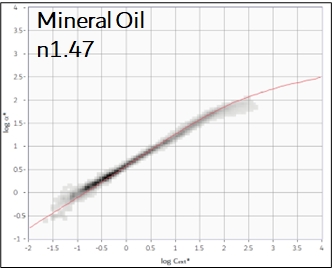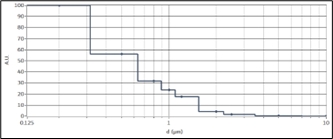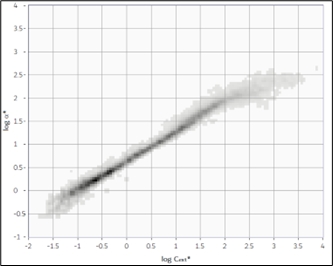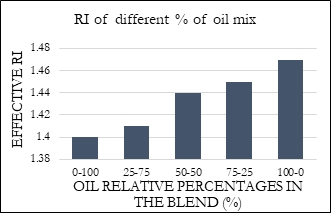The wide applications of oil-in-water emulsions range from pharmaceuticals to beverages, from paints to specialty chemicals, and more. In its simplest form, an emulsion is a binary system of immiscible liquids forming droplets. One of the main features to be monitored is stability, which can be affected by external factors as storage methods, time, temperature, osmolarity, pH, surfactant, shear stress. Weak stability primarily affects the droplets size (eg. due to coalescence), with important consequences on eg. the organoleptic properties of a soft drink or the efficacy and safety of a pharmaceutical product. Particle analysis plays thus a fundamental role in the design, formulation, and QC of oil-in-water emulsions, enabling the observation of the growth process and the stability of the particles. Classizer™ ONE fits the need of a value-added application in the characterization of oil emulsions. SPES data provide physical and statistical information, as PSD, oversize, effective refractive index, an estimate of the behavior and stability. Each characteristic can be crucial to improve the knowledge and the quality of an oil-in-water formulate.
- Characterize the particle size, payload, stability, and concentration of emulsion / capsules / liposomes
- Measure size, concentration, and fate of particles in real heterogeneous fluids
- Estimate the shell thickness and payload of capsules
- Reduce formulation time and costs required to bring new products to market
- Optimize efficacy and improve stability of formulations






